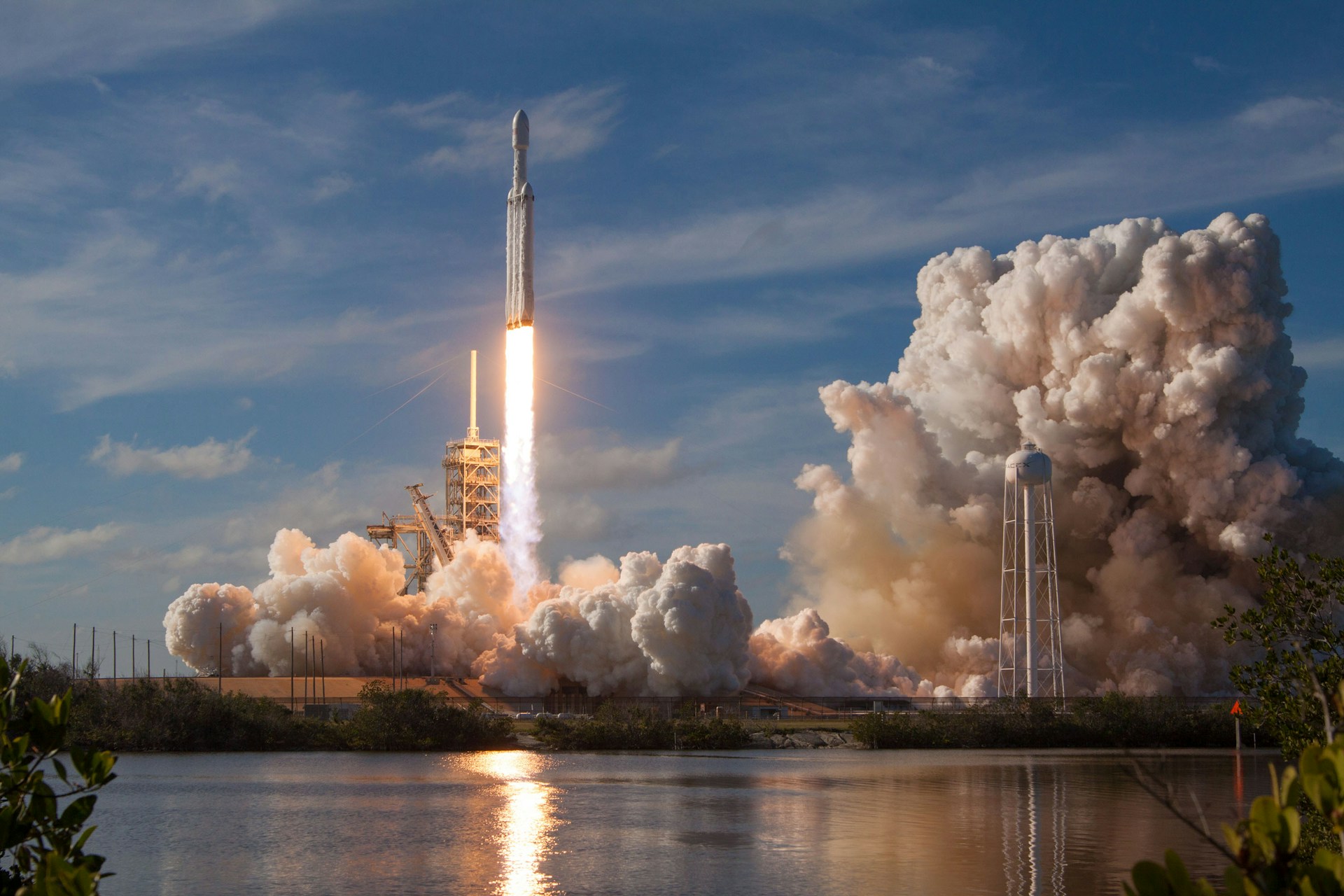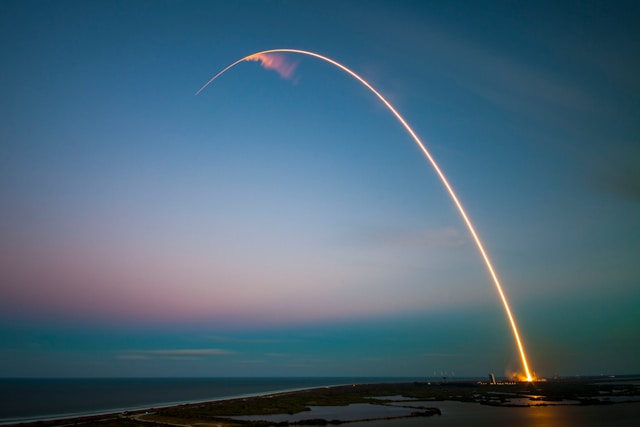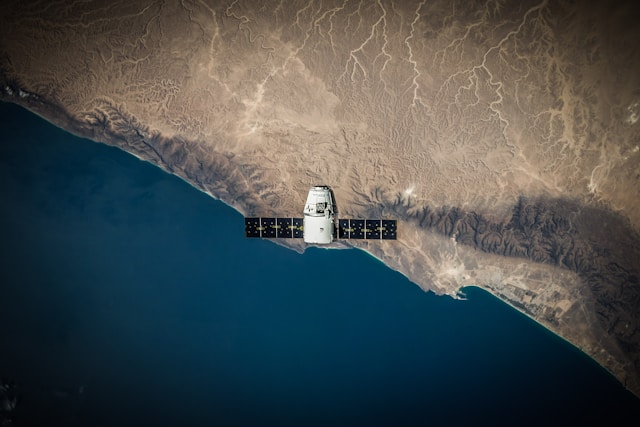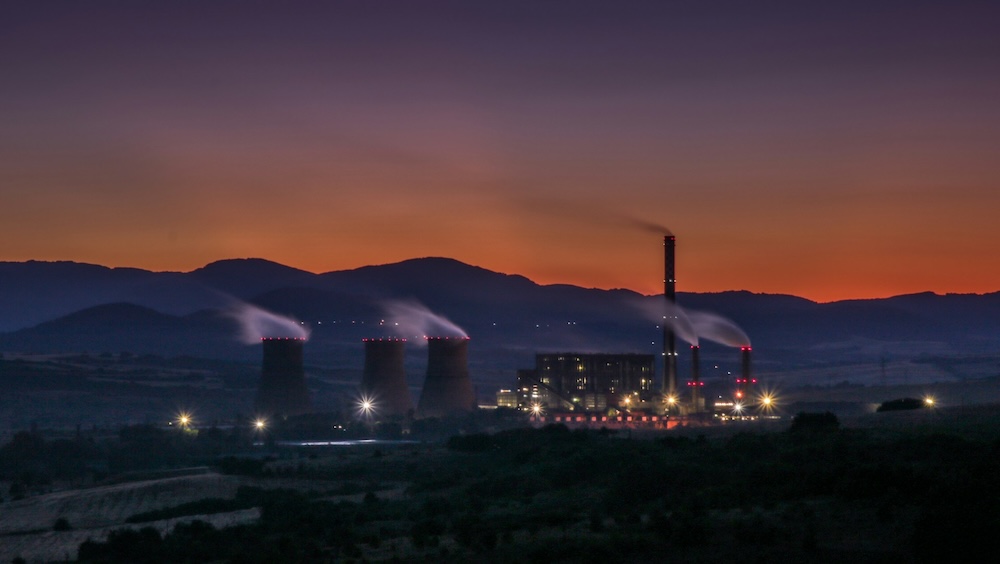
Beyond Earth: how nuclear power is fueling the next frontier in space exploration
Space is no longer the exclusive domain of science fiction or flagship government missions. Today, the new space race is not just about reaching the Moon or Mars first—it is about building the infrastructure that will make long-term exploration, settlement, and economic activity beyond Earth feasible. At the core of this strategic shift lies a technology both mature and newly urgent: nuclear power.
Why nuclear? Solving the unsolvable in space

For decades, space exploration has depended on solar panels and chemical batteries. These systems have sufficed for short missions or environments close to the Sun. But as ambitions extend deeper into the solar system and toward lunar or Martian bases, the limitations become inescapable: night falls on the Moon for 14 Earth days – where no electrical component survives; Mars receives only a fraction of Earth’s solar energy; the outer planets are effectively dark. Critical infrastructure—habitats, research stations, manufacturing units—cannot rely on intermittent or low-output energy.
Nuclear technology uniquely addresses these barriers. Both radioisotope thermoelectric generators (RTG) and compact fission reactors offer steady, high-density power in the harshest environments, operating through extremes of temperature, dust storms, and months-long nights. The proven performance of RTGs, which have powered Voyager, Curiosity, and Perseverance, is now being scaled up to systems capable of sustaining entire lunar outposts and driving next-generation propulsion.
The new space race is nuclear
The strategic landscape is shifting rapidly. The United States, China, and Russia are locked in a high-stakes race to be the first to build a nuclear reactor on the Moon—a contest that transcends technological bragging rights. The nation or consortium that pioneers reliable, scalable space nuclear systems will set the template for lunar industry, deep-space logistics, and, ultimately, the rules of a new extraterrestrial economy.
Within the US, there are different initiatives to develop and deploy nuclear reactors in space – both for lunar and propulsion:
- USNC – now Nano Nuclear Energy: Nuclear propulsion using fully ceramic microencapsulated, tristructural isotropic fuel. They were awarded a contract to develop equipment for fuel manufacturing. The TRL is estimated to be 4
- Lockheed Martin, BWXT, Creare: 40kWe fission reactor for lunar environment. They got awarded a 1-year, $5M grant to deliver design documents, requirements, schedule and cost estimates. The TRL is estimated to be 3
- Westinghouse, Aerojet Rocketdyne: Same as above
- Intuitive Machines, X-energy, Maxar, Boeing: Same as above
- Lockheed Martin: Nuclear reactor connected to a Stirling engine. The TRL is estimated to be 2
- Westinghouse, Northrop Grumman, Astrobotic: Nuclear reactor connected to Stirling power convertors – part of the JETSON programme of the US Air Force. Using the eVinci technology, the TRL is estimated to be 5
- Intuitive Machines: Nuclear reactor connected to Stirling power convertors – part of the JETSON programme of the US Air Force. Using the USNC – now Nano Nuclear Energy – technology with a Co-60 source. The TRL is estimated to be 3
Recent studies and international forums call for the rapid development and deployment of space nuclear power systems to avoid bottlenecks in the coming decade. NASA’s partnership with commercial players to land a nuclear reactor on the Moon by the early 2030s is just the beginning. Meanwhile, private sector innovators are accelerating designs for compact fission units, hybrid electric propulsion, and scalable RTGs to power satellites, mining operations, and uncrewed exploration across the solar system.
Nuclear in space, innovation on earth

This is not merely a technical challenge—it is an industrial and policy inflection point. The demands of space push nuclear innovation well beyond terrestrial norms: modularization, extreme miniaturization, unprecedented safety protocols, and integration with AI-driven remote operations. These advances, driven by the rigors of space, are poised to catalyze next-generation capabilities for terrestrial grids, microreactors for remote industry, and even new standards for nuclear safety and waste management. Some ongoing research is showing this, such as the use of Am-241 instead of Pu-238 by ESA through the ENDURE programme. Additionally, the development of Stirling Radioisotope Generators has enabled them to reach higher efficiencies.
For investors, the intersection of space and nuclear represents a frontier market—where government programs, commercial capital, and advanced manufacturing converge. For policymakers, it is an opportunity to align industrial policy with the strategic imperative of space leadership and energy resilience. Nuclear is fast emerging as a critical enabler for global ambitions beyond Earth.
Navigating complexity, seizing advantage
As the sector evolves, the difference between leaders and laggards will not be technical capability alone, but the ability to integrate nuclear and space strategies into cohesive, forward-thinking industrial agendas. Success demands a new breed of partnership—where governments, industry, and research institutions align on shared priorities and accelerate the deployment of enabling infrastructure.
For CEOs, board members, and policymakers, the question is no longer whether to invest in nuclear for space, but how to position their organizations at the forefront of this rapidly emerging domain. Navigating the regulatory, technical, and geopolitical complexities requires a strategic mindset—a willingness to look beyond near-term ROI toward the foundational infrastructure of tomorrow’s space economy. The intersection of nuclear and space is the next strategic arena for industrial and national leadership. As the new space race accelerates, organizations that act decisively—combining nuclear expertise with a global, forward-thinking outlook—will shape not only the future of energy, but the destiny of space itself.




